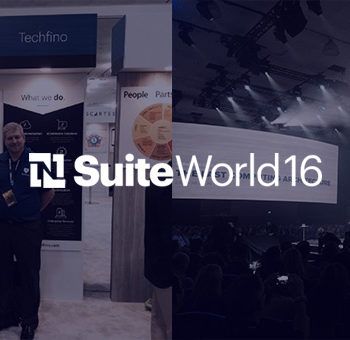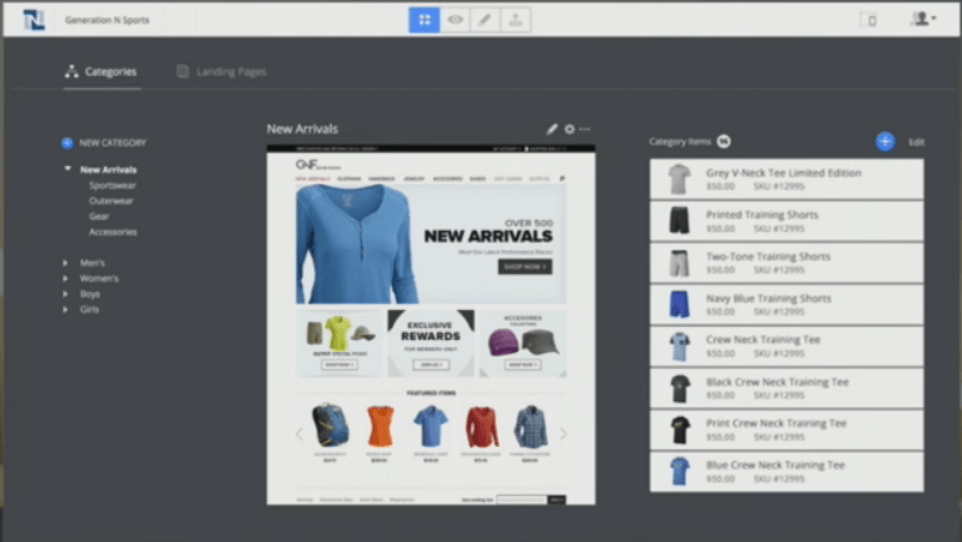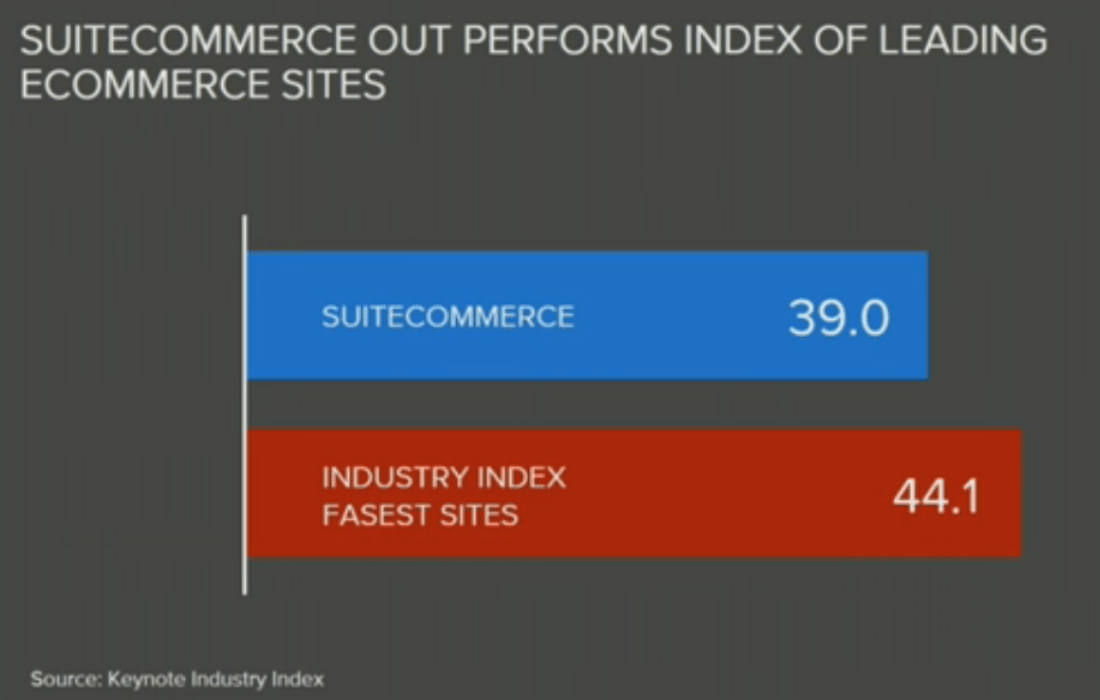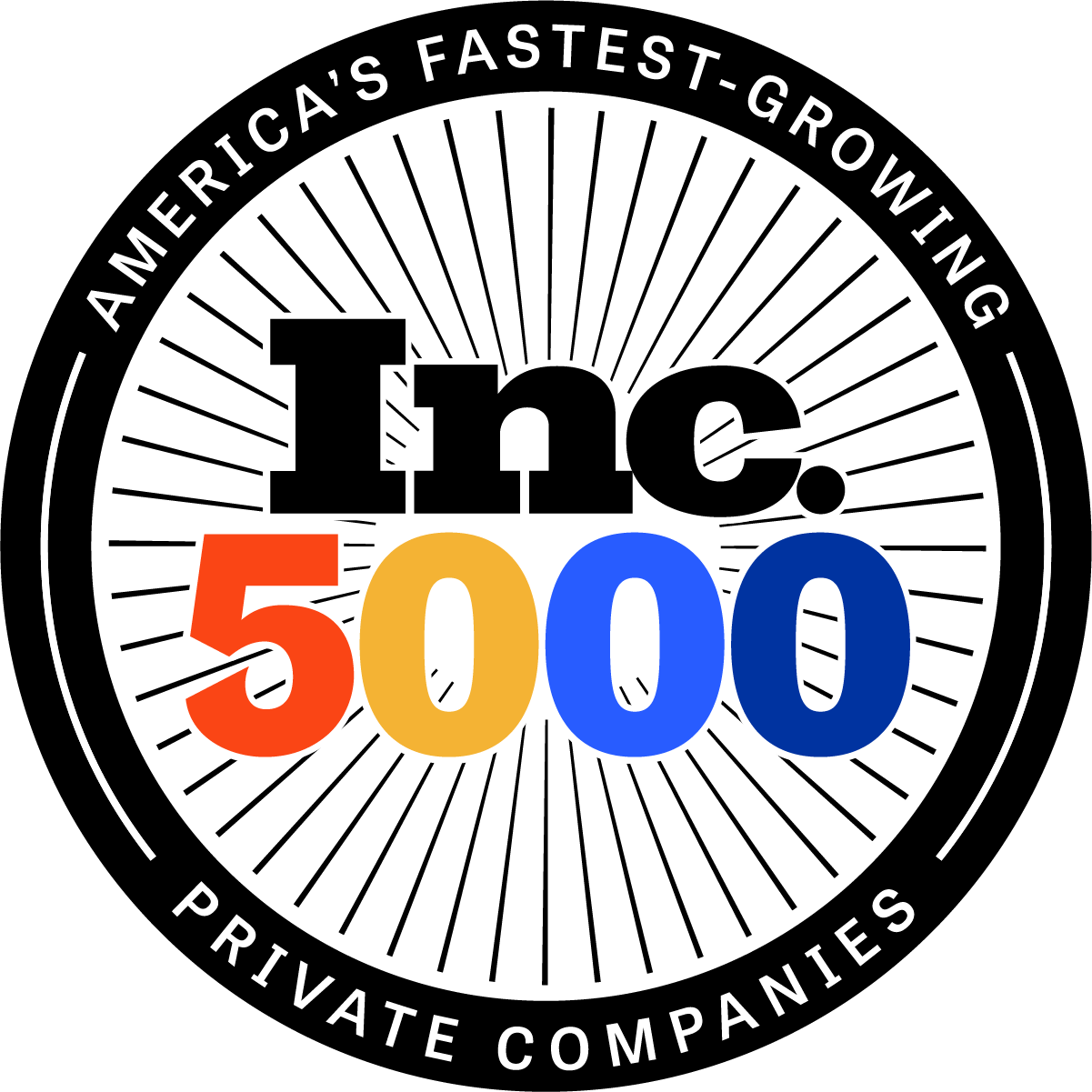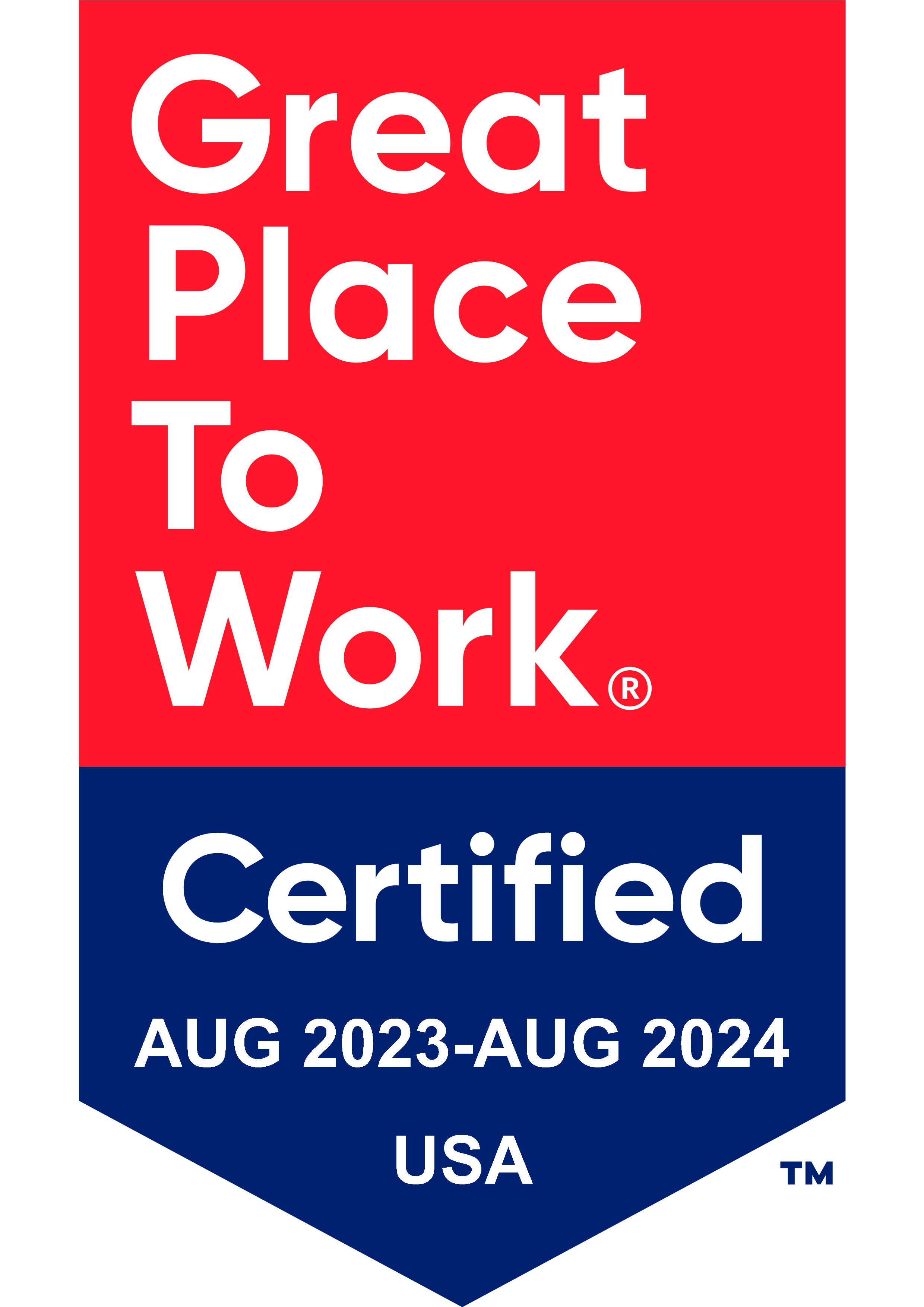At this year’s SuiteWorld, there were essentially three main highlights of note. The first of which is the most impactful, and that is the announcement of OneWorld 16, a significant enhancement to the global finance functionality. Arguably the next highlight of the conference is the announcement of SuiteBilling, the first unified Order-to-Billing-to-Revenue system on the cloud. And the third area of core investment that NetSuite is making now is on the expansion of the customization platform. SuiteCommerce Advanced is getting a great new reference application including a more modern development model with a design guide, and site management, and supporting documentation including videos to build e-commerce site on top of NetSuite more rapidly than ever. While this was not a new announcement, SuiteScript is getting an overhaul in the release of SuiteScript 2.0 to provide an efficient way to develop for concurrency. Lastly SuiteWorld announced the road-map of how SuiteScript 2.0 will provide a more modern experience, this time NetSuite CTO Evan Goldberg showed off the benefit to readability and other platform enhancements that we’ll be seeing more of in the coming releases to SuiteScript 2.0.
OneWorld 16
The “crown jewel” of NetSuite as NetSuite President and COO Jim McGeever calls it, is the OneWorld module which provides customers the ability to operate globally providing support for multi-currency, multi-tax, multi-language, and multi-subsidiary capabilities all in a single system. One World is commonly thought of as a consolidation tool for NetSuite, but NetSuite it not using summaries of transactions like those found in commercial tools such as Hyperion which consolidate the books using summarized transactions. In NetSuite, all reports and data are consolidated in real-time. NetSuite OneWorld currently supports 190+ countries, 20 languages, 160+ countries where payments are supported, and 100+ countries where tax calculation and reporting are supported. Jim McGeever announced a host of new features coming in OneWorld 16 to extend and enhance the OneWorld offering. With the global entity management functionality, you customers and vendors can transact in any subsidiary, in any language, in any currency. NetSuite is providing additional support to automate intercompany processes including automated elimination & consolidation of secondary accounting books, so if a shipping transaction originates in a warehouse in a different country, you can completely automate the financials across subsidiaries. Other key improvements are the integration with SuiteBilling and enhanced governance, risk, and compliance functionality.
SuiteBilling
In his keynote address, NetSuite CEO Zach Nelson introduced a new billing platform that has been in development for more than five years. This enhancement is the first cloud-enabled order-to-billing-to-revenue solution which is “a system that can bill any product, any service and any subscription, in one system”. SuiteBilling and OneWorld 16 allow you to stay in compliance with changing international revenue recognition regulations. SuiteBilling claims to accommodate any business model and even allow for a mix of business models on the same order. As more and more businesses offer services, products, usage-based charges and subscriptions to their customers, SuiteBilling will enable modern companies to use a single system to handle the subscription management, revenue recognition, and core financials across multiple channels into a single seamless billing system.
NetSuite now provides a unified billing and revenue recognition system that automatically handles extremely complex revenue recognition for its customers. To demonstrate how customers benefit from this technology, Jim McGeever introduced Cisco, the largest networking company in the world, and they explained that they are currently leveraging NetSuite exclusively for their highly complex international “As a Service” deals. For a single invoice they may need to process hundreds of thousands usage records in a single month. They claimed that they are handling revenue recognition today with manual reports generated for finance and have to manually enter revenue attribution entries in the general ledger.
SuiteScript 2.0
We had the opportunity to sit in on the SuiteScript 2.0 for Experienced SuiteScript Developers course and got to see first-hand just how writing scripts for 2.0 will differ compared to 1.0 by converting a standard 1.0 script to 2.0. While working on the assignment in this course, it was apparent that 2.0 is not quite ready for prime-time as standard API calls had bugs present requiring a work-around hack to continue on. The first impressions are that 2.0 will produce much more modular design than SuiteScript 1.0, but veteran developers will need to invest some time in order to make the transition to 2.0. So what would make one consider upgrading? We think the Promise API for client-side asynchronous calls to the server, an otherwise slow process, will make this attractive for many use cases. The other really big advantage coming in SuiteScript 2.0 is the Map/Reduce API useful in scheduled scripts. We often have to write the logic to handle governance and memory usage in each of ours scheduled scripts, but with SuiteScript 2.0 this is not automatically handled for you. If you have the need to optimize your scheduled scripts and do any advanced parallel processing this can be major development endeavor. With the Map/Reduce stages in 2.0 you can develop you script to automatically divide-and-conquer, effectively load-balancing over each of the scheduled script queues that you deploy your scheduled script to.
Other Key Takeaways
A few other themes that emerged from this year’s conference we also felt were noteworthy to share are listed below:
SuiteCommerce is a serious Ecommerce Platform
As of last year, NetSuite SuiteCommerce boasted a true Omni-channel experience to customers, with three channels (phone, website, in-store) and one single backend. The enhancement coming in 2016 is to the presentation of the NetSuite UI so that when a user logs in will no longer look like an ERP to your web designer. The new interface, (see figure below), will look like what a web designer is accustomed to with a graphical user interface with drag-and-drop capability for creating both online and in-store experiences.
In last year’s SuiteWorld conference, NetSuite showed off their investment in the SuiteCommerce platform where they claimed that their checkout experience was faster than E-commerce leader Amazon. Going beyond that NetSuite has further improved performance over last year and Zach was happy to show this off during his keynote (see figure below), “This is our latest data comparing a 14 step check-out process vs the industry average for the top 20 sites”. Zach summed this up best by stating, “Effectively, all of our customers can deliver an Amazon.com-like experience without spending a billion dollars”.
Zach also highlighted their purchase of Bronto, a leading online marketing solution that has been incorporated into the SuiteCommerce platform.
Help Small Companies Act Big
This idea is that one of the biggest value propositions of NetSuite is that it allows small companies to scale up and provide seamless capability that you would expect only large companies to be able to afford. Zach brought up three customers to exemplify this concept:
- Hyperloop – A start-up transportation company looking to disrupt traditional ground transportation with innovative technology to move people and cargo faster with an innovative transportation system. As a small company with a big idea, they needed a system that would allow them to scale-up extremely fast and they chose NetSuite for that reason primarily.
- Daqri – A smart camera computing system with a built-in thermal camera onto a helmet. Their computing system augments reality in a way that is useful for several industrial applications, namely the ability to see devices that get really hot before they break allows for preventative maintenance in a factory or industrial environment.
- Snapchat – A very popular mobile video sharing application provider with over 100,000,000 users chose NetSuite to help them scale. The big challenges were they needed to hire many employees around the world. They also needed a platform that they have the right transparency in real-time.
Help Large Companies Act Small
NetSuite looks to help larger companies that have much less agility than smaller organizations to realize the benefits of the cloud (or the “last computing architecture”). To do this Zach Nelson claims companies need to embed algorithm-driven intelligence particularly in large data aggregation applications. NetSuite dashboards enable users to mine system information and present that in a way that makes most sense when you first login. The next point is that large companies need to be able to embrace hybrid business models as business’s today look to increase revenue with new business models. The big problem that pops up as companies try to add new business models is billing and revenue recognition. Lastly, the challenge large companies face is the need to operate globally. Many large companies look to scale up by operating in new global markets. Zach Nelson claims that NetSuite’s OneWorld system is the best financial system for multi-company, multi-currency, and multi-tax situations.
As always, this year’s SuiteWorld left us enthused for new exciting things to come.

